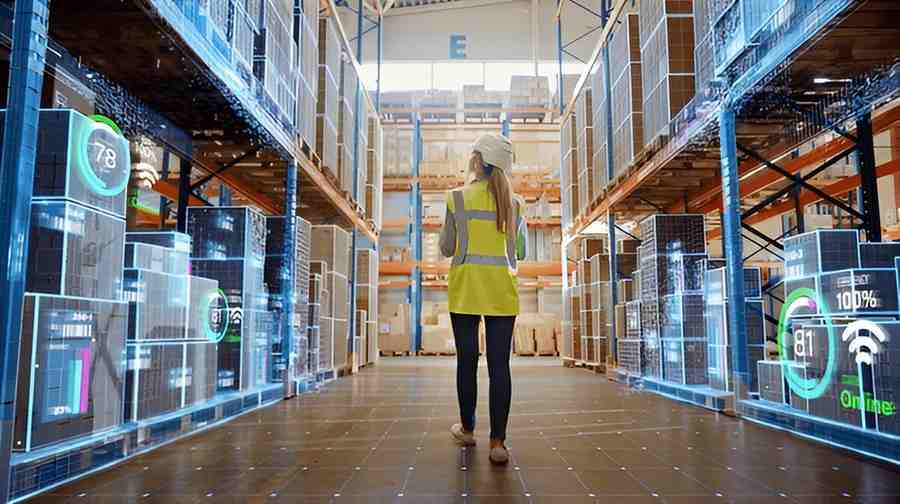Distributed processing refers to a computing model where tasks or processes are divided and executed across multiple interconnected computers or nodes within a network. This approach contrasts with centralized processing, where all tasks are performed on a single, centralized computer. Distributed processing leverages the collective computational power and resources of multiple nodes to handle complex tasks efficiently.
Table of Contents
How Distributed Processing Works
- Decentralized Execution: Tasks are divided into smaller sub-tasks, each processed independently on different nodes within the network.
- Communication: Nodes communicate with each other to share data, coordinate tasks, and synchronize operations as needed.
- Scalability: Distributed processing systems can scale horizontally by adding more nodes, allowing them to handle increasing workloads or accommodate growing data volumes.
Components of Distributed Processing Systems
- Nodes: Individual computers, servers, or devices interconnected through a network.
- Network: Communication infrastructure (wired or wireless) that enables data exchange and coordination among nodes.
- Middleware: Software that facilitates communication and data management between distributed components.
Benefits of Distributed Processing
- Increased Performance: Tasks can be executed concurrently across multiple nodes, reducing processing time and improving overall system performance.
- Fault Tolerance: Distributed systems are resilient to individual node failures. If one node fails, tasks can be rerouted to other nodes without significant disruption.
- Resource Utilization: Efficient use of resources across the network, distributing computational workload and reducing the burden on any single node.
Example of Distributed Processing
Let’s illustrate distributed processing with a practical example:
- Online Retail Platform: A large e-commerce platform uses distributed processing to handle customer transactions and manage inventory.
- Scenario:
- Order Processing: When a customer places an order, the platform’s system divides the tasks into sub-tasks such as inventory lookup, payment processing, and order confirmation.
- Distributed Nodes: Different servers handle each sub-task concurrently. For instance, one server checks inventory availability, another processes payment securely, and a third confirms the order and notifies the customer.
- Communication: Nodes exchange data through a network, ensuring that each step of the order process is completed accurately and efficiently.
- Scalability: During peak shopping seasons, additional servers or cloud instances can be added to the network to handle increased order volumes without slowing down processing times.
Applications of Distributed Processing
- Big Data Analytics: Analyzing vast amounts of data distributed across multiple servers to derive insights and make data-driven decisions.
- Content Delivery Networks (CDNs): Distributing website content and media files across geographically dispersed servers to enhance speed and reliability for users worldwide.
- Blockchain Technology: Blockchain networks use distributed processing to validate transactions and maintain a decentralized ledger securely.
Challenges in Distributed Processing
- Complexity: Designing and managing distributed systems requires expertise in network architecture, data synchronization, and fault tolerance mechanisms.
- Consistency: Ensuring data consistency and maintaining synchronization across distributed nodes can be challenging, especially in real-time applications.
- Security: Distributed systems must implement robust security measures to protect data integrity and prevent unauthorized access or breaches.
Conclusion
Distributed processing is a powerful computing paradigm that enhances performance, scalability, and fault tolerance by distributing tasks across interconnected nodes within a network. By leveraging distributed processing, organizations can efficiently manage complex computations, handle large-scale data processing tasks, and support diverse applications from e-commerce to big data analytics. Understanding the principles and benefits of distributed processing empowers businesses to design resilient, scalable systems that meet modern computing demands and drive innovation in a connected world.





